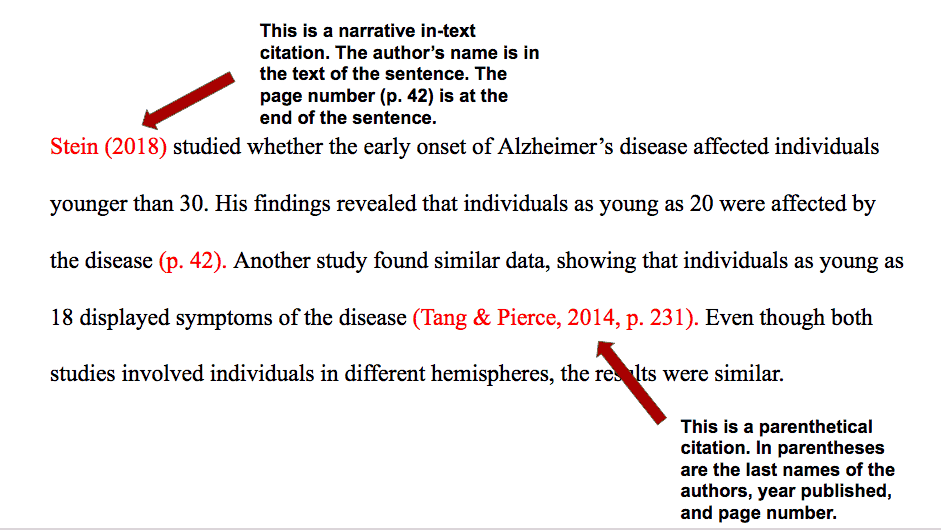To cite a book, use the APA or MLA style of referencing. You can also use a website that will allow you to identify a specific passage in a book. To cite a book in APA or MLA style, follow these steps. To cite a book in MLA style, use the APA or MLA style of referencing. If you don’t use either of these formats, refer to the following guidelines.
APA style
APA style guidelines for citing a book are different from those for scriptural works and reference books. In-text citations for books include the author’s last name, the title of the book, and the year and page of publication. Book titles are written in sentence case. You must also mention any other contributors or editions of the book. For more information, check out your library’s APA style paper guide.
A book can have multiple volumes, and you should always cite all volumes of a multi-volume work. In APA style, you should list the last name and first initial of the author, the year it was published, and any specific volumes, using a hyphen between the digits. You must also state the publisher, if any. For a book with multiple authors, you must list them all on the Reference List.
MLA style
There are several ways to cite a book in a research paper, but the MLA style is the most commonly used format for academic papers. The basic elements of an MLA book citation are listed below. The name of the book, its publisher and the year it was published are usually included. Citations for books with multiple authors should use the first and last name of the first author.
An MLA style to cite a book includes the author’s last name, the title of the book (italicized), publisher’s name, publication date, and any other identifying information. Other information may be included, such as the names of translators and editors. You may also cite the volume or edition of a book. UP is an abbreviation for University Press.
Using a website to cite a book
Citing a website is a good idea, but the material found on the Internet is generally not as reliable as that found in print sources. Academic scholarship is conversation among authors, not a simple act of copying what someone else has written. Furthermore, many websites do not list the name of the author, so it’s not always possible to determine whether the material you use is truly original. This is particularly true for websites found via search engines.
In your paper, most information on a website should be cited by a specific page or article. In other cases, you may wish to cite the entire website. For example, a company’s website might contain different slogans on different pages. If you’re citing more than one page of a website, you must create a separate Works Cited entry for each page. Similarly, if the website was published by multiple organizations, you must mention the publisher of the site in your citation. This information should be found in the footer or next to the copyright symbol.
Identifying a specific passage
Identifying a specific passage in s a book in a paper requires the student to analyze its significance and meaning. To analyze a passage, the student must note down the major ideas expressed in the passage, as well as evidence and other similar passages that support those main ideas. The next step in the analysis of a passage is to tie the specific passage back to the significance of the text as a whole.
A reader can find a specific passage in a book by marshaling key ideas and events. A general idea of what the passage is trying to convey will help the reader understand the writer’s point better. Once the writer has established the main idea, he or she can also identify the supporting details and make inferences from those details. The reader will also gain more insight into the writer’s perspective by recognizing the relationship between these two points.

